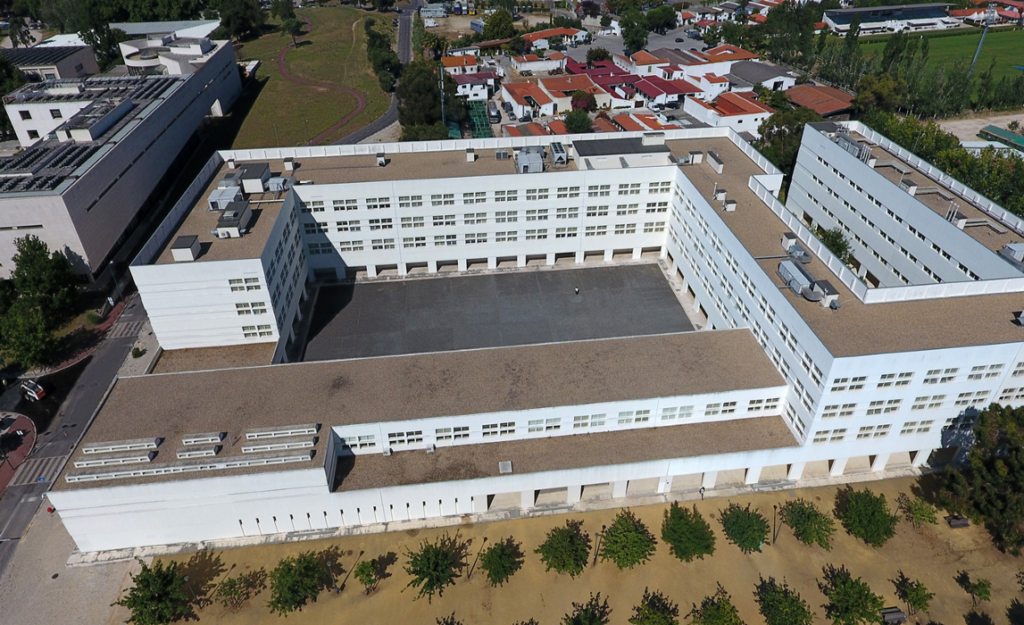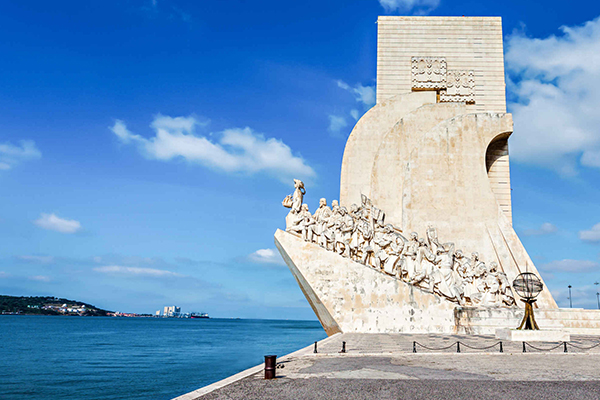Venue
MUM 2022 will take place at Faculdade de
Ciências (Ciências) da Universidade de Lisboa (UL). The conference is currently being
planned as an in-person event only. Still, the organization is continuously monitoring travel
and health restrictions and may reassess the possibility for virtual or hybrid options.
Ciências (previously FCUL) was created in April 1911 and is part of the UL which was founded in
1911 after the fall of the Portuguese monarchy. The history of a university in Lisbon dates back
to the 13th century. It moved to its current grounds in 1985, and is part of the largest
university campus in Portugal. The faculty has a built area of 75662 square meters,
corresponding to 8 buildings which host the classrooms, offices, cafeterias, libraries, book
shop and leisure areas.
Ciências is close to the airport (10 min by car/Taxi) and is also accessible by public
transportation (Subway and Bus). There are several hotels in the area and a pleasant park –
Jardim Mário Soares, with flora from the five continents represented. It is close to the
University stadium and the Museum of the city of Lisbon.
Traveling to Portugal

By airplane
Unlike other airports across Europe, the Lisbon Airport is located close to city center of
Lisbon. More importantly, it is very close to Faculdade de Ciências, so you don’t have to travel
a long time after landing in the airport.
Once at the Humberto Delgado Airport, Lisbon, you have three main options of transportation:
- Subway: there is a subway station at the airport (red line).
- Taxi: you will find many taxis available at the airport arrivals area.
- Uber: if you decide to call an Uber, you need to go to the airport
departures area.
By train
- Exit at Gare do Oriente (connection with subway red line)
- Exit at Santa Apolónia (connection with subway green line)
If you are coming from abroad and wish to travel by train or bus to Lisbon we recommend looking
through your options at
railcc.
Reaching the Faculdade de Ciências
You can get to Faculdade de Ciências by subway, bus, train, walking, or taking a bicycle or
scooter.
Public transport in Lisbon consists of buses (Carris), trams (Carris) and underground (Metro).
The card “Cartão Viva Viagem” gives you the opportunity to travel around the city using all
means of transportation. At the start you also need to buy a rechargeable Viva Viagem card. You
can charge the card in multiples of €5,00 and use it by “zapping” individual journeys. Do not
throw the card away, it can be reloaded at any time. For more information (Metropolitano)
- Yellow line, exit at stations Campo Grande or Cidade Universitária
- Green line, exit at station Campo Grande
- Exit at Entre Campos (connection to Metro Yellow Line)
Best to check your location with destiny for Faculdade de Ciências at Carris.

Bycicles
There are a couple of bike rental operators such as Uber and Hive. Close to the venue you have
statistician for the Lisbon bike rental system GIRA. You can download the app for Android or IOS.
Scooters
You have multiple operators and the city has no shortage of scooters, especially close to the
faculty. You can check Lime, Bird, Bolt and Link on your app store.
Useful apps
- Moovit: Bus & Rail Timetables (bus, train and metro): available for Android and IOS
- Carris app (bus): available for Android and IOS
Public Transportation and Accessibility
Although public transportation can take you everywhere in Lisbon, their accessibility services
are sometimes limited (despite recent efforts to improve accessibility).
Accessible Portugal provides
accessible transfer services from the airport to the hotel (you need to contact them
beforehand). Moreover, they provide accessible touristic packages that also include
transportation. If you have any questions feel free to reach out to us.
About Lisbon
Source: Wikipedia
Lisboa is the capital and largest city of Portugal, with an estimated population of 544,851
within its administrative limits in an area of 100.05 km2. Lisbon's urban area extends beyond
the city's administrative limits with a population of around 2.7 million people, being the
10th-most populous urban area in the European Union. About 3 million people live in the Lisbon
metropolitan area, which represents approximately 27% of the country's population. It is
mainland Europe's westernmost capital city and the only one along the Atlantic coast. Lisbon
lies in the western Iberian Peninsula on the Atlantic Ocean and the River Tagus. The westernmost
portions of its metro area, the Portuguese Riviera, form the westernmost point of Continental
Europe, culminating at Cabo da Roca.
Lisbon is recognised as an alpha-level global city because of its importance in finance,
commerce, media, entertainment, arts, international trade, education and tourism.
Lisbon is one of the oldest cities in the world, and the second-oldest European capital city
(after Athens), predating other modern European capitals by centuries. Julius Caesar made it a
municipium called Felicitas Julia, adding to the name Olissipo. After the fall of the Roman
Empire it was ruled by a series of Germanic tribes from the 5th century; later it was captured
by the Moors in the 8th century. In 1147 Afonso Henriques conquered the city and since then it
has been the political, economic and cultural centre of Portugal.

Tips for visiting Lisbon

If you want to visit the main attractions of the center of Lisbon, you can use those Sightseeing buses that are common in most cities. Some routes
include Cascais, a beautiful town that deserves a Tip by itself. In these buses you may buy
24 or 48 hour tickets to explore Lisbon at your own pace, as you are able to hop-on and
hop-off during that period (it also includes an audio guide in 14 different languages).
A more traditional (and memorable) option is to explore the city history and sights by
taking Electrico 28 (Tram 28) - the longest route that passes through many of Lisbon’s
districts, including the old quarters (it is also a good option to go up to the Castle). You
can find more at LisbonLisboaPortugal.
Visiting Belém
For those with time (a few hours, an afternoon or days) to get to know Lisbon, there are plenty
attractions to visit. In Belém, you can find some of them. It has several Portuguese historical
monuments, such as Mosteiro dos Jerónimos (Jeronimos Monastery) and Torre de Belém (Belém Tower)
just by the Tagus river; a nice view of the river and the 25th of April Bridge; the Belém
Cultural Center; among others.

In your visit, you should not miss our famous pastries, “Pastéis de Nata” (custard tarts).
Pastéis de Belém are the most famous ones . People say it is impossible to eat just one, so you
should probably start with two (and if you like, a glass of port wine). Local Tip: Avoid waiting
in the big line, that’s just for Take Away. Usually you can find a table inside (or wait just a
little bit for the table). When eating inside, you can also ask for the take away boxes.
Manteigaria, closer to the city center (in Bairro Alto) is another alternative to try amazing
Pastéis de Nata.










